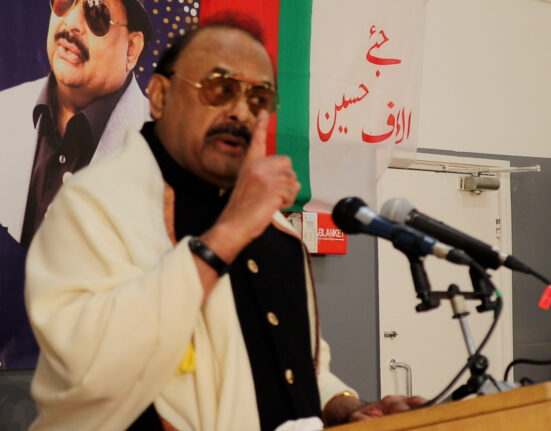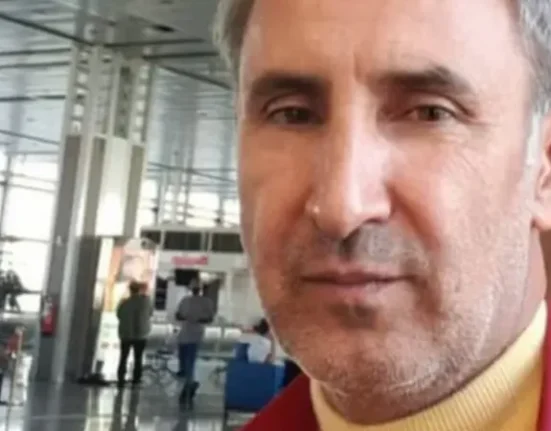While many international observers have been focused on the war in Ukraine, Chinese aggression towards Taiwan, the violence in Sudan, or the recent coup in Niger, there has been an alarming increase of terror activity in the West African country of Benin that could pose additional security implications for the rest of the continent.
On the night of May 1, as Labor Day celebrations were wrapping up, an unidentified armed gang entered and attacked the village of Koabagou. On May 3, approximately 30 miles to the east, the village of Toura suffered a similar attack. Reports indicate over 20 people were killed and a further number of young men kidnapped. Strikingly, many of the bodies had had their throats slit. The attacks took place in the north of Benin, specifically the area adjacent to the Pendajari and W natural parks which border Burkina Faso and Niger, which have long been used by terrorists to hide and organize attacks.
Since 2019, Benin has witnessed an increase in intensity and frequency of terrorist attacks by extremist groups. These have increased 10-fold in the period July-December 2022. [1] Terrorist activity had been characterized by smuggling, kidnappings, and attacks on state structures such as border posts leading to skirmishes with security forces. This has since escalated to attacks on civilian structures, such as schools, and more sophisticated assaults on security forces and park rangers. However, what makes the May attacks significant was the large scale targeting of civilians. Although at this stage no reasons have been provided, we can consider the potential implications of such violence. It is also not clear who committed the attack although it is likely to have been carried out either by Jama’at Nusrat al-Islam wal-Muslinn (JNIM) or by the Islamic State in Greater Sahel (ISGS) although analysts agree that violent extremist groups are often composed of sub-groups with varying degrees of autonomy.
The attacks form part of a playout of the wider conflict in the Sahel. Both JNIM and ISGS have their power bases outside Benin, in Burkina Faso and Mali respectively. Both groups also have contact with extremist groups in Nigeria, who, since 2020 have increased and expanded their presence into the north-east of the country, on the border regions with Benin and Niger. [2] The park areas of northern Benin have been a conduit for the groups, and it is not clear whether the attacks are a result of expansion and/or competition between them. The attacks could also signify that the drive for conflict is increasingly due to endogenous reasons leading to increased Benin fighters and that JNIM’s goals in the country are changing from a “means to an end.”[3]
The implication being that the reasons for the spread and perseverance of the attacks have their roots in Benin. Attacks also serve to recruit fighters directly through the kidnapping of young men [4] but also indirectly by stoking communal tensions over resources especially with the nomadic Peul. The Peul are often regarded unfairly as “foreigners” and sympathetic to extremist groups are prime targets for recruitment by JNIM. [5] Ultimately, the indiscriminate attack on civilians represents a more violent phase of terrorist aggression and a challenge to the Benin state with 2023 already on track to exceed 2022, the worst year on record.
The Global Fragility Act (GFA) was passed with bipartisan support in Congress and signed into law to address the catalysts of violent conflict and extremism and identified priority countries for its implementation. The GFA is innovative in that it takes a long-term view of addressing underlying causes of instability and brings in the expertise of different agencies of the United States government to address them. One of the priority areas is a group of West African states along the coast, including Benin. [6] The May attacks demonstrate not only how the conflict in the wider Sahel has expanded into coastal West Africa, but also how it is unleashing communal tensions amplified by increased competition for resources – and how quickly these can take hold and propagate. This is why it is important that the issues are addressed in Benin, not only for the purposes of preventing further instability and bloodshed in the country, but in the wider sub-region.
This is not an unsolvable problem, however. There are several steps that policymakers can take to address this issue. Although combatting terrorists requires a military intervention, this cannot be the only response. A strategy to address the underlying socio-economic causes of the conflict needs to be developed and owned by the local communities most affected. The government is best placed to drive the strategy, bringing in partners with it, to listen to communities’ grievances, identify solutions and establish roadmaps to achieve them.
- According to the Armed Conflict Location and Event Data project (ACLED)
- James Barnett and Murtala Ahmed Rufa’i, “A ‘Sahelian’ or a ‘Littoral’: Crisis? Examining the Widening of Nigeria’s Boko Haram Conflict,” Hudson Institute, April 5, 2023
- Kars de Brujine, “Conflict in the Penta-Border Area: Benin’s Northern Jihad from the perspectives of its neighbours,” (Den Haag: Clingendael, December 2022)
- “84 orphans and 25 widows after the attack of Ketou”, May 16, 2023 headline of the on-line paper “24-hours Benin” indicates men were the targets of the killings and the kidnappings.
- NIM is often thought to be dominated by ethnic Peul although has proved capable of “recruiting from several different ethnic bases,” Eleanor Beevor, “JNIM in Burkina Faso: A Strategic Criminal Actor,” Global Initiative Against Transitional Organized Crime, August 2022
- Benin, Côte d’Ivoire, Ghana, Guinea and Togo.







